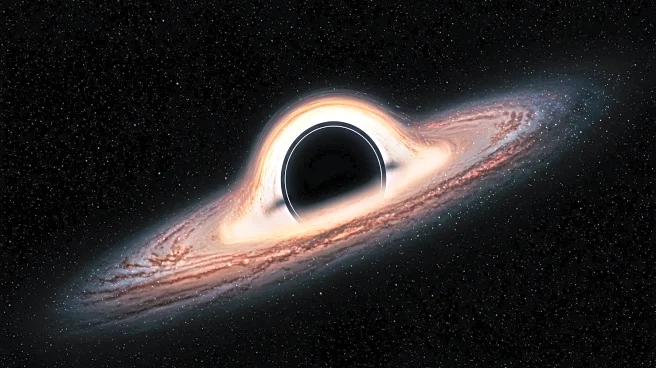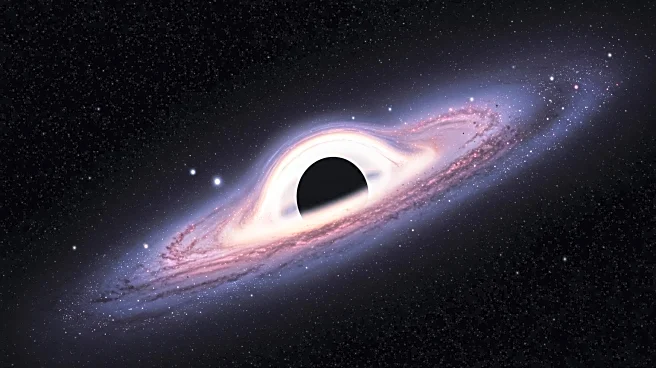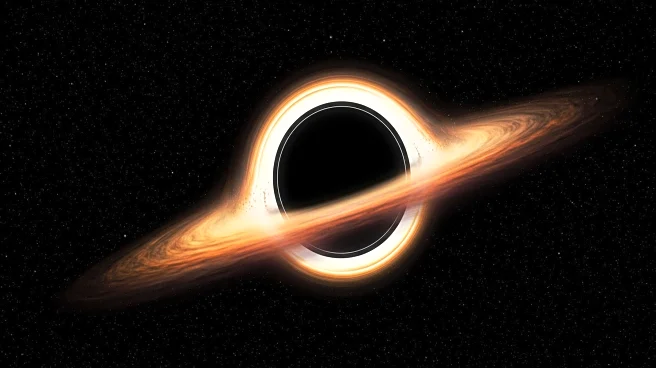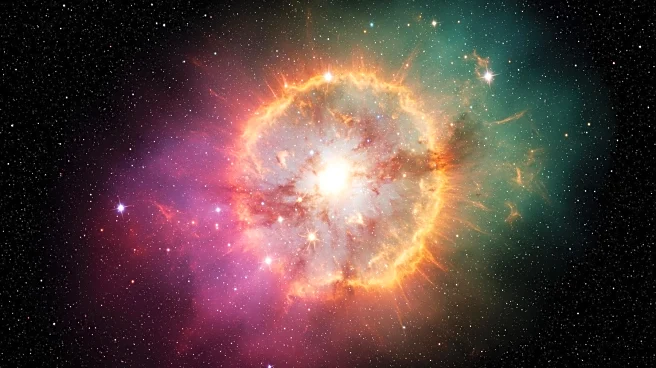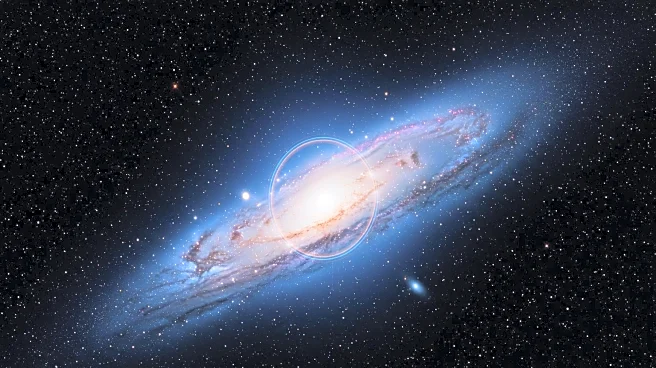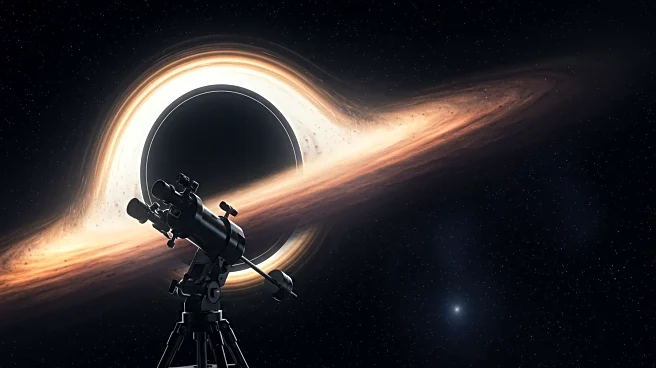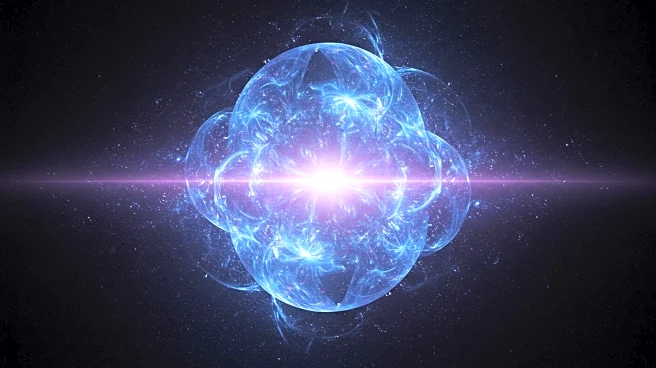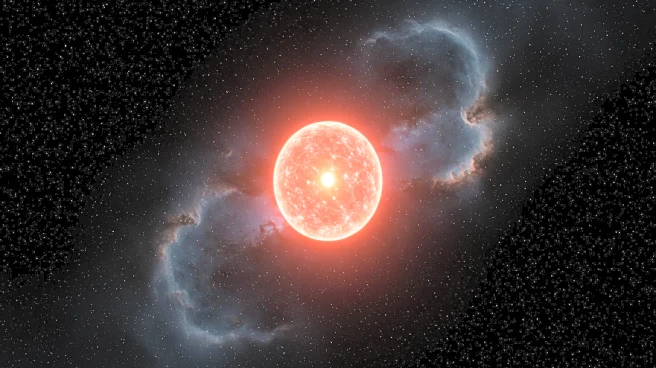Rapid Read • 8 min read
Researchers from institutions including Princeton's Institute for Advanced Study and Caltech's Walter Burke Institute for Theoretical Physics have developed a new framework called 'kinematic flow' to better understand cosmological correlations. This approach uses combinatorial rules to derive differential equations, focusing on spatial relationships rather than explicit time evolution. The study, published in Physical Review Letters, suggests that time can emerge from these kinematic structures, offering a new perspective on the early universe's evolution. The researchers applied this framework to predict the behavior of cosmological correlators, which measure the strength of relationships between different quantities in the universe. By using visual representations and a set of rules, they were able to simplify the complex equations involved in these predictions.
AD
The introduction of 'kinematic flow' could significantly impact theoretical physics and cosmology by providing a new method to analyze the universe's early stages. This framework aligns with themes in quantum gravity and could lead to a more timeless description of cosmology. The approach may also facilitate cross-disciplinary collaboration, as it draws on techniques from other areas of theoretical physics, potentially leading to new insights and advancements. The ability to predict cosmological behaviors without relying on time evolution could simplify models and calculations, making them more accessible to researchers and potentially leading to breakthroughs in understanding the universe's fundamental nature.
The researchers plan to apply their 'kinematic flow' framework to more sophisticated models that resemble the early universe more closely. They aim to explore beyond the leading terms in their equations, which could present new theoretical and mathematical challenges. Additionally, they are investigating new descriptions of spinning particles in cosmology, which may reveal further mathematical structures. These efforts could lead to a deeper understanding of the universe's origins and the fundamental forces at play, potentially influencing future research in cosmology and related fields.
The 'kinematic flow' framework may have broader implications beyond cosmology, as it introduces a new way of organizing calculations that could be applicable in other areas of physics. The approach's reliance on spatial separations rather than time evolution could inspire new methodologies in fields such as particle physics and quantum mechanics. This could lead to a reevaluation of existing theories and models, potentially uncovering new connections and insights across different scientific disciplines.
AD
More Stories You Might Enjoy
